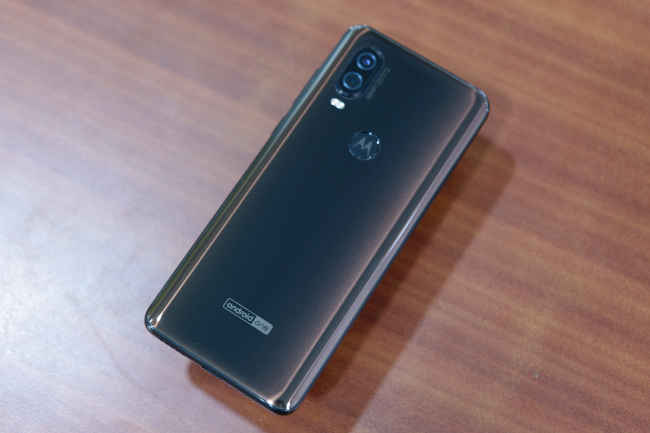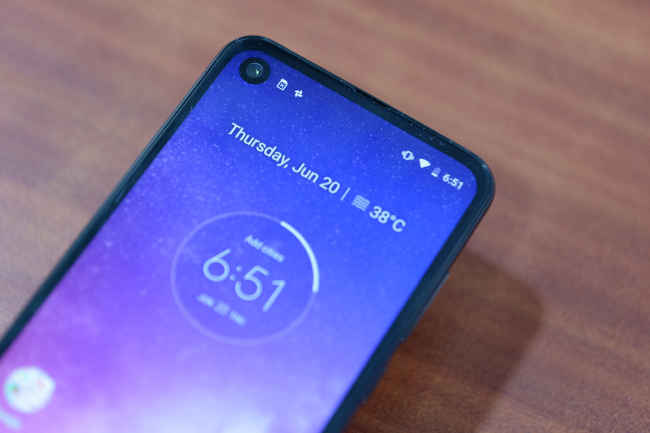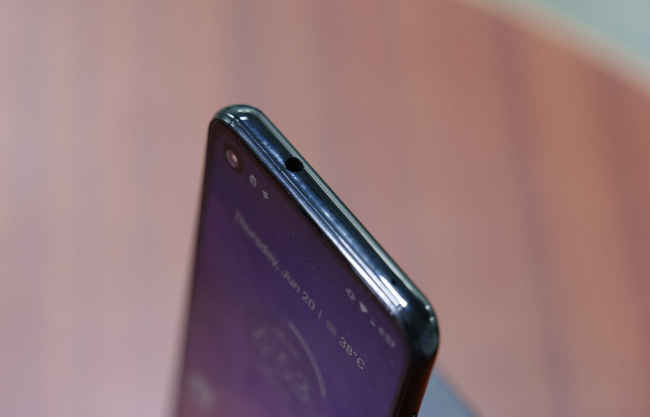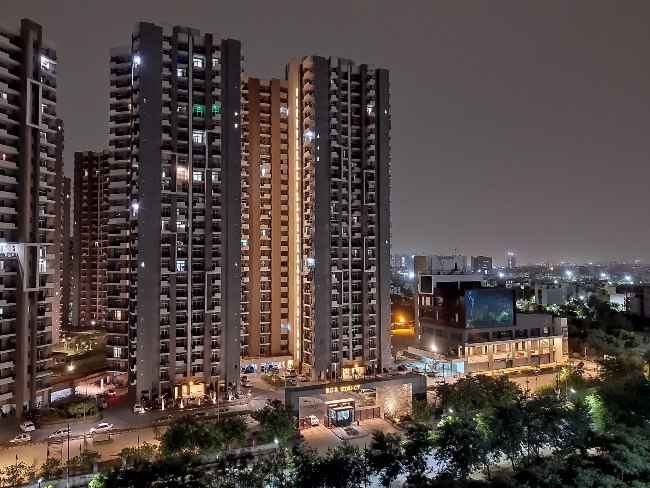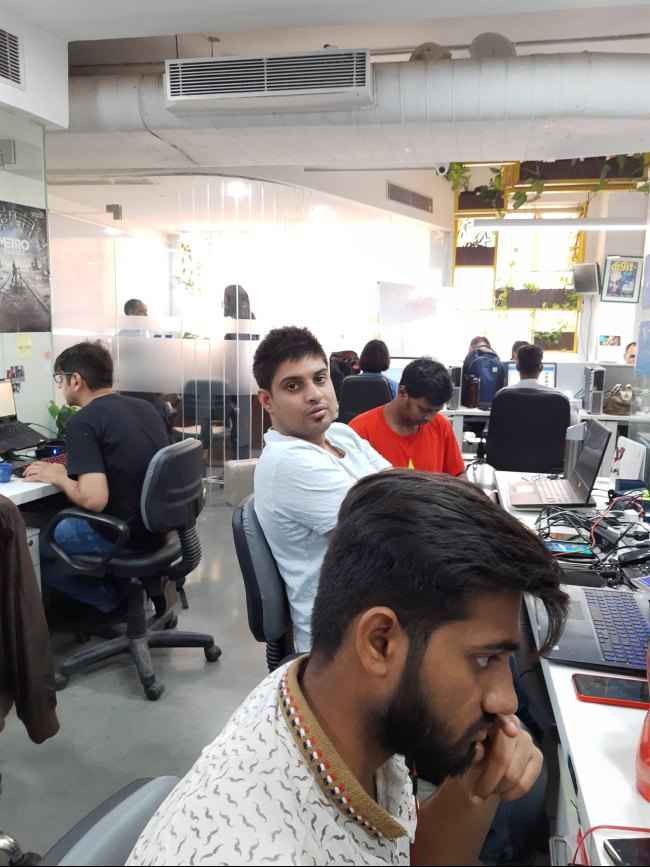Motorola One Vision First Impressions: Refreshingly different
The Motorola One Vision is a refreshing entrant in the mid-range segment.
It does a lot of things differently, including the design, display and the choice of hardware under the hood.
The Moto One Vision is priced at Rs 19,999 and will be available on Flipkart from 27th June.
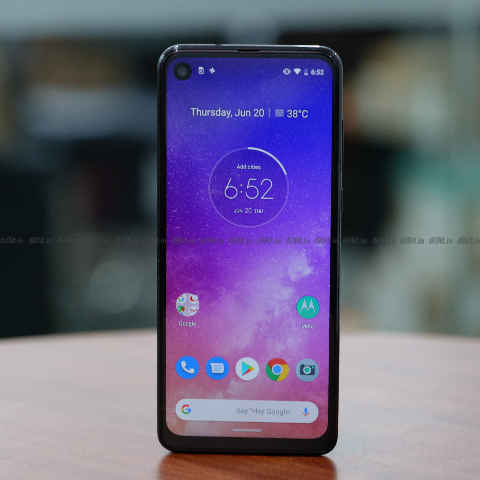
Motorola is back with a bang! After a lacklustre lineup of Moto G7 smartphones, the Motorola One Vision that launched today is a refreshing offering from the Lenovo-owned brand. At the launch, Motorola spent sometime reminding that the company it belongs to has been doing pretty good globally, even though it doesn’t much of a footing anymore in India. The company posted profits for the past three quarters straight, but Motorola made one thing clear. India won’t really see the company’s flagship phones anymore. The One series seems to be as premium as it can get for Moto fans in India. It’s priced at Rs 19,999 and offers a tall and slim form factor with a 48MP camera on the back. It looks pretty impressive at first glance, and more than that, a little different from the other smartphones in this price segment.
 Survey
SurveyMotorola One Vision design and display
For one, the Motorola One Vision looks taller than the rest. It’s like that lanky fellow in class who towers over the rest of the class and has to sit in the back for that. But it’s also the easiest to use. I didn’t have to do finger acrobatics to reach over to the other side. That’s because the One Vision has a 21:9 aspect ratio HDR display that stretches to 6.3-inches, all the way to the top. The front camera drilled into the display in the top corner. That allows the One Vision to not only offer an immersive display but also a form factor that’s easy to grip. That’s something really rare among phones that look gigantic. More than that, the Motorola One Vision looks quite rad! It’s a similar gradient glass design that’s on most phones in 2019, but it doesn’t overdo it like most do, leaving a feeling of class. There are the age-old Moto motifs of course, like the batwing logo embedded in the rear-mounted fingerprint sensor and clean, stock Android.
Motorola One Vision hardware specifications
In fact, the One Power, as the name suggests is Android One certified, meaning you get the purest form of Android 9 Pie, with a few extra frills that adds good value as we have seen before in Moto phones. Our biggest quip in old Moto devices were the slow updates on the phones. That’s thankfully addressed with the Android One tag. Google will push out two version updates for the phone as well as security updates for the next three years.
What did seem out of ordinary was the fact that the Moto One Vision runs on a Samsung Exynos 9609 processor. Not that that’s a bad thing necesarily, but it just seems weird for a company to knock on the doors of Samsung’s semiconductor office when almost of all mid-range and high-end Moto phones run on Qualcomm processors. It’ll be interesting to put this phone through the hoops to see how the performance measures up against its peers. Along with a Samsung processor is 4GB RAM and 128GB storage.
Motorola was also prudent in mentioning the Moto One series are not exactly successors of each other. That means, it won’t be building up on the legacy, like the Moto G series does. Which means each device will be designed differently, and will have different hardware combinations. For instance, the Moto One Power last year was about offering a long battery life with a 5,000mAh battery, but this time the battery on the Moto One Vision is a lot less. Just 3500mAh. But Moto feels the 10nm manufacturing process of the Samsung chip will make up for it.
While the performance of the phone is something we’re not sure of as of now, the camera on the back is quite a charm to use. The dual camera stack on the back of the phone includes a 48MP Samsung sensor that produces sharp 12MP images by binning 0.8um pixels four-by-one to achieve light capacity of 1.6um pixels. It does the same on the front as well with a 25MP Samsung sensor that outputs 6MP selfies. It also has a dedicated Night Vision mode that takes around 7-8 shots in about 2-3 seconds, assisted by two-axis OIS, to create a sharp low-light photo with a lot of noise-reduction effect applied. It’s mostly a hit or miss, but it does manage to brighten up a lowly-lit scene pretty well.
Motorola One Vision First Impressions
The Motorola One Vision does a lot of things different than what others are doing. The tall display might look odd, but feels good in the hand, and the stock Android flavour is always preferable over the heavily modded custom UIs. The camera is also a good departure from the sluggish cameras the older Moto phones offered. It’s fast and snappy and there’s plenty to experiment with. We will be testing the Motorola One Vision for the review. Let us know the things you want us to particularly pay attention to. Stay tuned!
